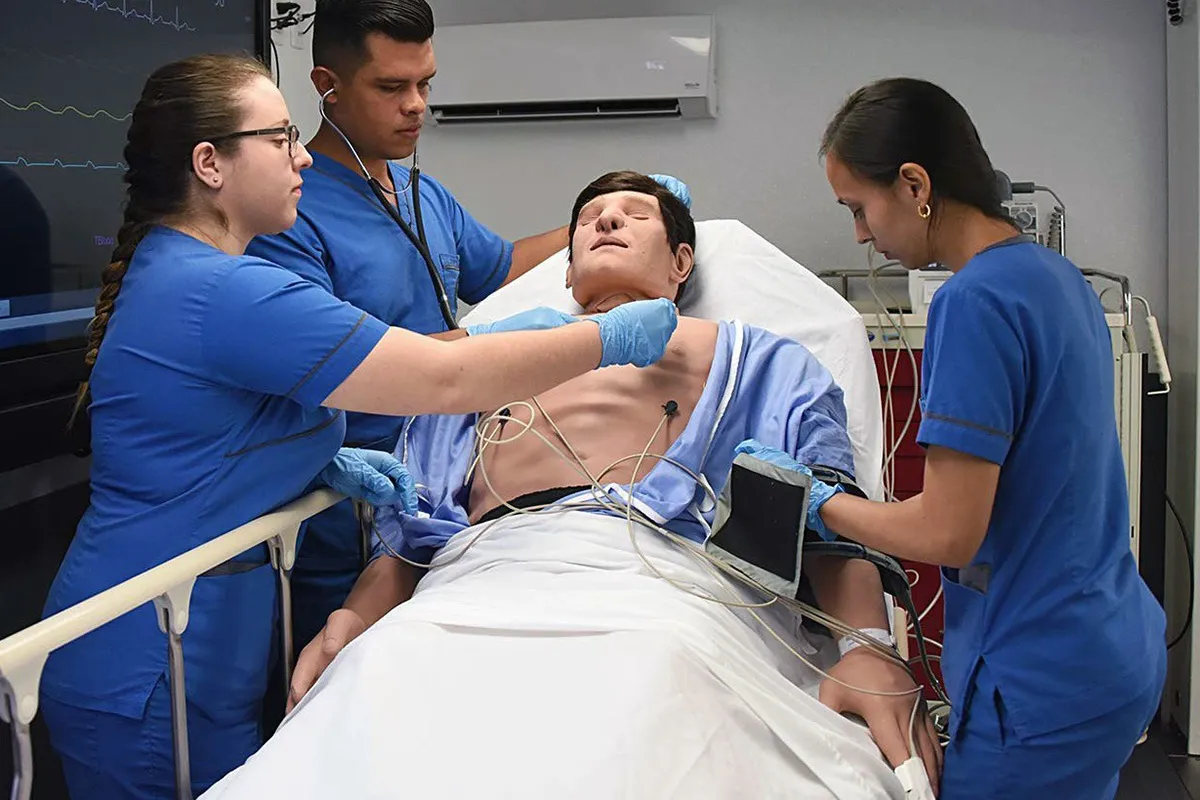This spring, the School of Health Sciences and Human Performance (HSHP) at Ithaca College is creating a new patient simulation lab, which will allow students to get hands-on experience with two state-of-the-art, high fidelity human patient simulation manikins.
“I am thrilled to add this learning laboratory to what we have to offer all of the students studying in the health professions,” said Linda Petrosino '77, MS '78, dean of HSHP. “The patient simulation lab will allow our students to learn in a simulation-enhanced, inter-professional, team-based environment conducive to supporting critical thinking and clinical decision making.”
The school received a $100,000 grant from the Hearst Foundations to build the lab in the Center for Health Sciences. It will be set up like a real hospital room, and the manikins can be preprogrammed with various lifelike scenarios. Students will be able to perform a number of diagnostics on the manikins, including monitoring their breathing, heart rate, and blood pressure. Students can even get electrocardiogram (ECG) readings and place intravenous lines. There are also add-ons available, like wound care kits.
